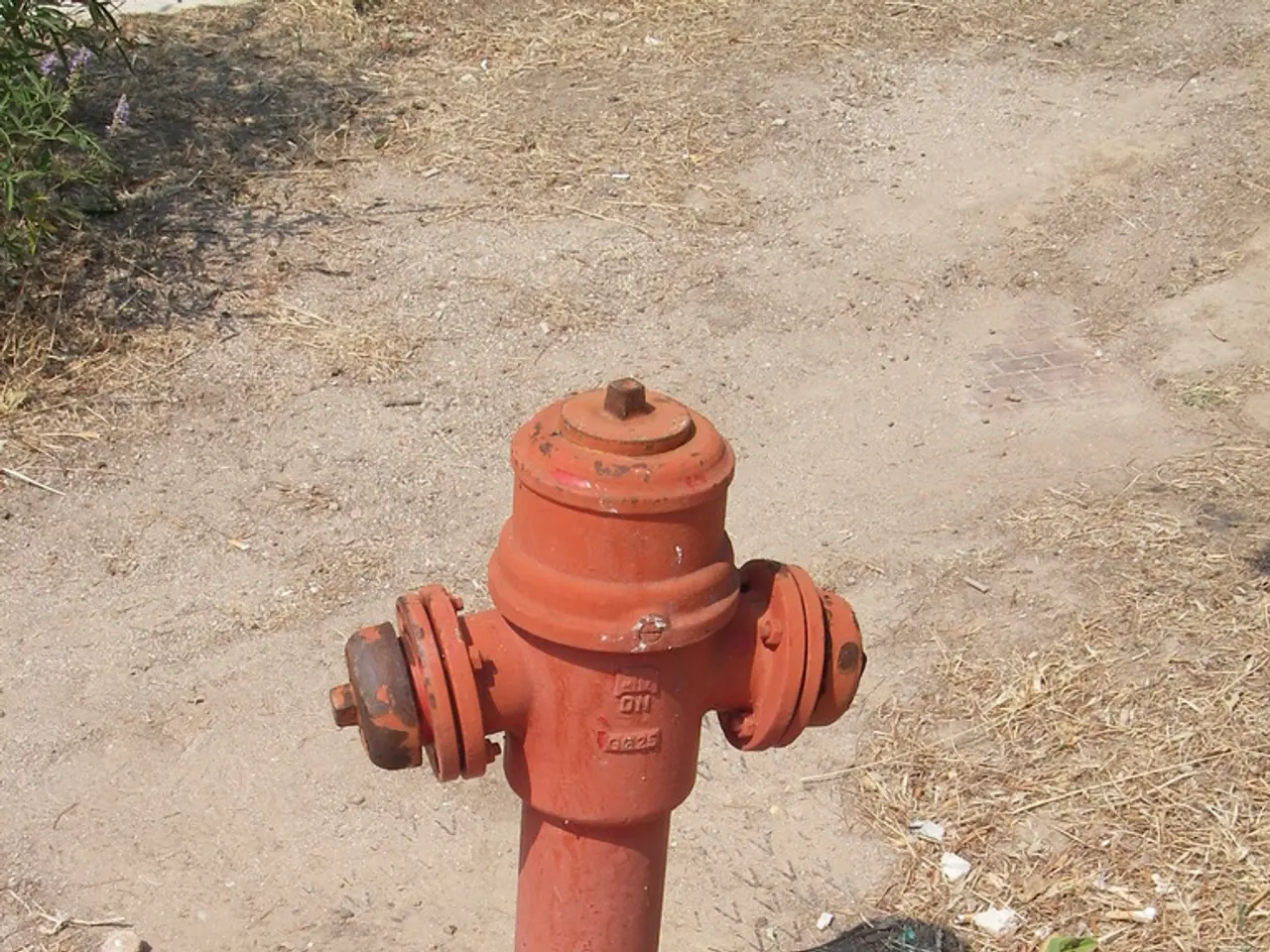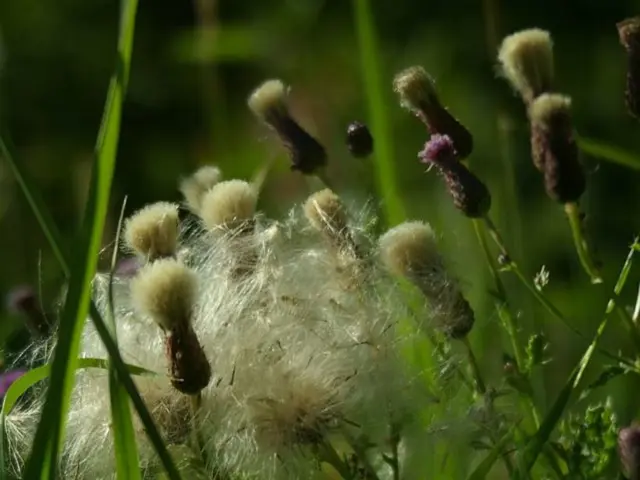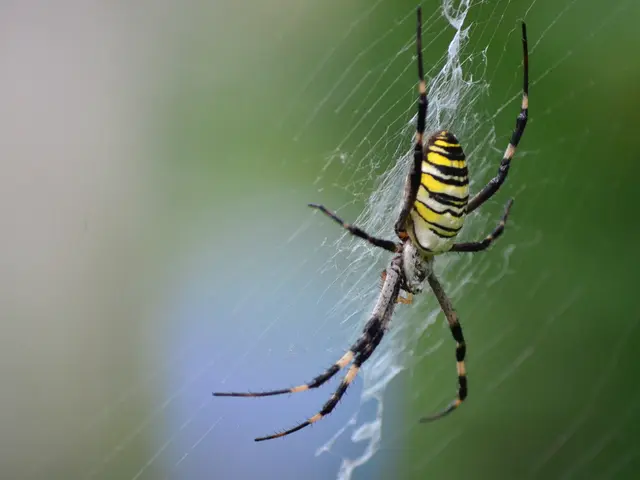Reason Behind the Absence of Blossoms on My Hydrangea Currently?
Your hydrangea plant may look vibrant, but its bare stems speaker volumes about the missing floral showcase. While your neighbor's hydrangeas dance with a rainbow of blooms, yours simply sit there, mocking you. But, fret not! Uncover the reasons behind your plant's flowerless state, address these easy-to-overlook issues, and transform those lifeless branches into a breathtaking floral display next season.
Let's dive deep into the mysterious world of hydrangeas, exploring the common factors that prevent these garden beauties from blooming. With a bit of detective work, we'll pinpoint the culprits and offer simple solutions to restore glory to your garden.
The Hydrangea Blooming Basics
Blessed with colorful, sizeable flower heads, hydrangeas come with certain conditions to ensure a successful blooming. Different species bloom on either last year's growth (old wood) or this year's growth (new wood), significantly impacting the flower development process.
To nurture your hydrangea for blooming success, you must first understand the type of hybrid you have. Knowing this information will guide almost every care decision you make, helping you avoid common pitfalls that lead to flowerless plants.
Unveiling Your Hydrangea's Hidden Identity
The most prevalent reason for a hydrangea's refusal to bloom is the lack of awareness about the plant species. Knowing the type is crucial since it defines when flower buds develop. Bigleaf hydrangeas (Hydrangea macrophylla) and oakleaf hydrangeas (H. quercifolia) primarily bloom on old wood, while panicle hydrangeas (H. paniculata) and smooth hydrangeas (H. arborescens) flower on new wood.
To determine your garden's resident hybrid, compare your plant's leaf shape, overall structure, and flower form with online resources or take it to a local nursery for identification assistance. Armed with this knowledge, you can mark it clearly in your garden journal or attach a permanent plant tag, ensuring proper care for blooming success in the future seasons.
The Tricky Art of Hydrangea Pruning
Improper pruning ranks among the primary causes of flowerless hydrangleas, especially for old-wood bloomers. Trimming back bigleaf or oakleaf hydrangleas in late fall, winter, or early spring removes the very branches that would produce flowers the following season. New-wood bloomers like smooth and panicle hydrangeas are more forgiving as they develop buds on the current year's growth, benefiting from early spring pruning, which stimulates vigorous new growth leading to beautiful blooms.
Here's how to prune your hybrid according to its flowering habits:
- Old-wood bloomers: Prune immediately after flowering, typically by mid-July. Remove dead, damaged, or crossed branches, along with spent blooms.
- New-wood bloomers: Prune in late winter or early spring before new growth emerges, cutting back to about 1-2 feet if desired.
If you're not entirely sure about your hybrid's type, opt for conservative pruning, removing only obvious dead wood and spent flowers. This cautious approach minimizes the risk of accidentally eliminating potential blooming branches.
Protection Against Spring Frost
Late spring frosts can obliterate flower buds on old-wood hydrangeas, leaving you without blooms despite perfect care. Frost threats in the spring can chill blooms on bigleaf and oakleaf varieties, while panicle and smooth hydrangeas usually avoid this issue since they blossom on new growth.
Climate plays a pivotal role in successful hydrangea flowering. In colder zones, old-wood bloomers often struggle to consistently flower, especially without protection. Gardeners in milder zones rarely face this challenge.
To shield your old-wood bloomers from frost, cover them with lightweight fabric, bed sheets, or specialized plant covers that extend to the ground. When the danger passes, remove these covers in the morning to prevent overheating. In extremely cold regions, consider building a protective cage around your prized hydrangeas, only dismantling it once frost danger has passed.
Watering Requirements for Flower Power
Hydrangeas crave consistent soil moisture to nurture flower buds. Their name signifies "water vessel," underscoring their significant water requirements. A shortage of water during bud formation can result in fewer flowers or an entire season without blooms.
Even a brief dry spell during critical bud development stages can affect flowering, particularly for old-wood bloomers. A healthy hydrangea prefers evenly moist soil, not soggy or flooded.
Mulching and Irrigation Strategies
Apply 2-3 inches of organic mulch around hydrangeas, keeping it several inches away from the base of the plant. During dry periods in summer, water your hydrangeas once or twice a week, providing about an inch of water each time, using drip irrigation or soaker hoses for efficient, direct moisture delivery. For container hydrangeas, check daily during hot weather since pots dry out much faster than garden soil.
The Balanced Diet for Precious Blooms
High nitrogen fertilizer overstimulates foliage growth at the expense of flowers, undermining hydrangea health. Numerous gardeners inadvertently sabotage their hydrangeas by using the wrong plant food formulation or applying lawn fertilizers high in nitrogen near the shrubs.
For optimal fertilization, apply a balanced, slow-release fertilizer formulated for flowering shrubs (10-10-10 ratio) in early spring as new growth emerges. Refrain from fertilizing after July to allow plants to prepare for dormancy.
For struggling hydrangeas, consider adding phosphorus (the middle number in fertilizer ratios), which encourages blooming. Bone meal offers a natural phosphorus source that can be added around existing plants without harming the roots.
The Light dancing Act
Insufficient sunlight prevents hydrangeas from producing enough energy to form flower buds. Most hydrangeas thrive in partly shaded conditions, enduring 4-6 hours of morning sun and filtered light throughout the day. Avoiding direct sunlight in hot climates or shady spots contributes to healthy flowering. Changes in nearby plants or trees casting more shade over the years can impact blooming over time.
Monitor the light conditions around your hydrangeas regularly, noting the number of hours of direct sunlight they receive. If nearby growth has reduced the light exposure significantly, consider trimming back overhanging branches or transplanting to a brighter location, with panicle hydrangeas serving as an excellent option for sunny spots.
Young Hydrangeas Blossoming Timeline
Newly planted hydrangeas usually require 2-3 years to establish strong root systems before blooming profusely. Patience, watering, and mulching ensure your plant builds up energy reserves for future blooms. Transplanted mature hydrangeas may miss a blooming season as they recover from the shock of being moved. Depending on the hybrid species, it may take anywhere between 2-4 years for established hydrangeas to bloom consistently.
Cultivating Successful Hydrangea Bloom
Your hydrangea's blooming potential hinges on a thorough understanding of its specific type and providing proper care tailored to its needs. By identifying the hybrid, pruning correctly, protecting from frost, and maintaining adequate moisture, fertilization, and light levels, you'll create a perfect environment for stunning blooms.
Begin implementing these changes now, even if your hydrangea's blooming time has passed this season. With patience and careful attention, next year can herald a magnificent floral display that elevates your garden and enchants your senses.
Exploring the home-and-garden realm, delve into the art of cultivating hydrangeas for a vibrant floral showcase. Understanding your hydrangea's unique lifestyle is essential for promoting blooming success. Investigate the species' inherent characteristics to learn whether it blooms on old wood or new wood, as this significantly affects flower development.
Determine your garden's resident hybrid by carefully examining the leaf shape, overall structure, and flower form, comparing it with online resources or taking a visit to a local nursery for assistance. Once you've unveiled your hydrangea's hidden identity, mark it clearly in your garden journal or attach a permanent plant tag. This will help you create an accurate care plan for a breathtaking home-and-garden transformation.








